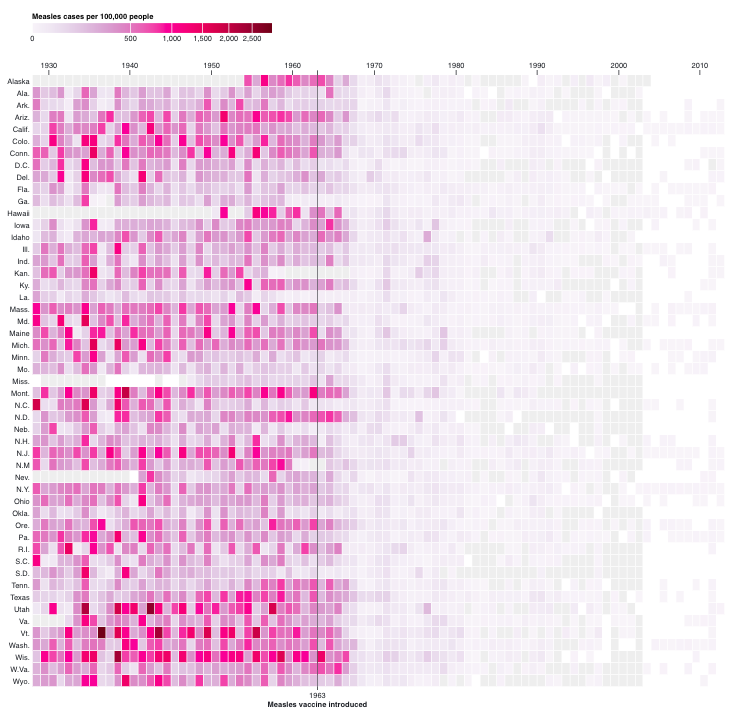MenQuadfi (MenACYW-TT), a New Meningococcal Vaccine, is Now Available for VFC
MenQuadfi (MenACYW-TT), a New Meningococcal Vaccine, is Now Available for VFC
To download a PDF version of this PDF, click here!
In 2020, the Food and Drug Administration licensed an additional meningococcal serogroups A, C, W, and Y (MenACWY) – MenQuadfi
(MenACYW-TT), from Sanofi Pasteur Inc.
MenQuadfi is now available for providers enrolled in the Vaccines for Children (VFC) program. This advisory includes an overview
of important information about MenQuadfi.
MenQuadfi is licensed for use in individuals 2 years and older in the United States.
Recommendations For Use
Eligible Groups for Receipt of VFC Supplies of MenQuadfi
VFC supplies of MenQuadfi may be given to VFC-eligible children aged 2 years through 18 years.
Licensed Dosing Schedule
MenQuadfi is for intramuscular use only.
MenQuadfi is approved for routine vaccination of children and teens, age 11 through 18 years: a single dose at age 11 or 12 years with a booster dose at age 16 years.
MenQuadfi may also be used for children at increased risk who are age 2 years and older (the primary dosing schedule and booster dose interval varies by age and indication):
- People with functional or anatomic asplenia
- People who have persistent complement component deficiency (an immune system disorder) or who take a complement inhibitor (eculizumab [Soliris] or ravulizumab [Ultomiris])
- People who have HIV infection
- People who are at risk during an outbreak caused by a vaccine serogroup
- People age 2 months and older who reside in or travel to certain countries in sub-Saharan Africa as well as to other countries for which meningococcal vaccine is recommended (e.g., travel to Mecca, Saudi Arabia, for the annual Hajj)
- Microbiologists who work with meningococcus bacterial isolates in a laboratory
- First-year college students living in residence halls who are unvaccinated or undervaccinated; these students should receive a dose if they have not had a dose since turning 16 or if it has been more than 5 years since their previous dose
These recommendations are summarized in Table 3 of the recommendations published by ACIP in MMWR in 2020: www.cdc.gov/mmwr/volumes/69/rr/pdfs/rr6909a1-H.pdf.
The Advisory Committee on Immunization Practices (ACIP) recommends that whenever feasible, the same manufacturer’s brand should be used to complete the series. However, if the previous brand is unavailable or unknown, any brand may be used to complete the series. Do not defer immunization solely to wait for a specific meningococcal vaccine brand to be available. From age 2 years and up the MenACWY vaccines are interchangeable.
Storage
- MenQuadfi should be stored at 2º to 8ºC (36º to 46ºF). Do not freeze. Product which has been exposed to freezing should not be used. Do not use after the expiration date shown on the label.
How MenQuadfi is supplied
- MenQuadfi is supplied in a single-dose vial in packages of 5 vials (NDC No. 49281-0590-05). The dosage for MenQuadfi is 0.5 mL. MenQuadfi does not contain a preservative. The vial stopper for this product is not made with natural latex rubber.
Ordering and Billing
MenQuadfi is available for ordering through the PhilaVax IIS as of today, June 8, 2021. Please contact Christine Wilson (Christine.Wilson@phila.gov) or Charma Miller (Charma.Miller@phila.gov) to add MenQuadfi to your next order. Please note, your practice must choose a single product to order for each antigen. We recommend that sites that are part of a system, or are affiliated, use the same vaccine presentations across sites to ensure continuity of care and help prevent administration errors.
- CVX code: 203
- CPT code: 90619
Resources
- Meningococcal ACYW Vaccine Information Statement (VIS): https://www.cdc.gov/vaccines/hcp/vis/vis-statements/mening.pdf
- CDC Morbidity and Mortality Weekly Report (MMWR): https://www.cdc.gov/mmwr/volumes/69/rr/pdfs/rr6909a1-H.pdf
- Product insert for MenQuadfi includes additional vaccine information, found at: https://www.fda.gov/media/137306/download
- Additional information on vaccines and vaccine preventable diseases can be found at: http://www.cdc.gov/vaccines/


